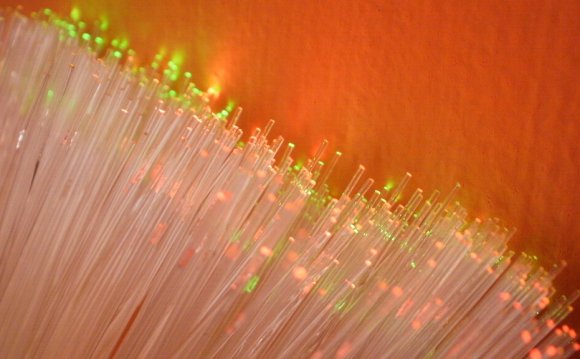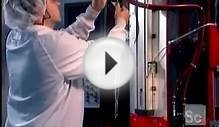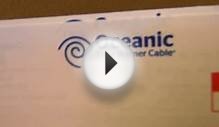

General
So how do fiber-optic cables work compared to copper cables? Why are communications companies moving toward fiber-optic networks and away from copper?
The journey to your computer
What happens when you open a webpage online? The data signal in your home receives transmitted laser-generated pulses of light through the fiber-optic cable. That data signal is then converted to an electrical signal by an Optical Network Terminal (ONT). Your computer can understand this signal.
All of the information carried by the ONT is then passed through an Ethernet cable to the router in your home. If this signal is secure and passes through the firewall, it will then be delivered to your computer’s Network Interface Card.
The reversal of the process
The process is reversed when you send out data, such as an e-mail. The ONT converts the electrical signals to light signals. Then, the light is carried at incredibly fast speeds through the core of the fiber-optic cable.
Fiber is more secure
Both voice and data communications are more secure over fiber than copper. Fiber is difficult to tap because doing so might break the glass, which will likely alarm maintenance professionals.
Fiber is the technology of the future
With less bandwidth than fiber, copper cables are sometimes unable to support all the heavy Internet tasks people do regularly, like game online, video chat and stream movies and TV shows. Fiber, on the other hand, is able to support all of these at once.
Fiber offers higher bandwidth
Data, voice and video transmissions are faster with fiber thanks to its high bandwidth. Additionally, the closer fiber is pulled to the home, the more bandwidth it provides.
Fiber can support multiple devices
Because fiber has such high bandwidth, it can support multiple devices at once. This is not always possible with copper. Fiber allows Internet users to perform heavy Internet tasks, such as streaming music and video chatting – all at once, without slowdown.
YOU MIGHT ALSO LIKE












